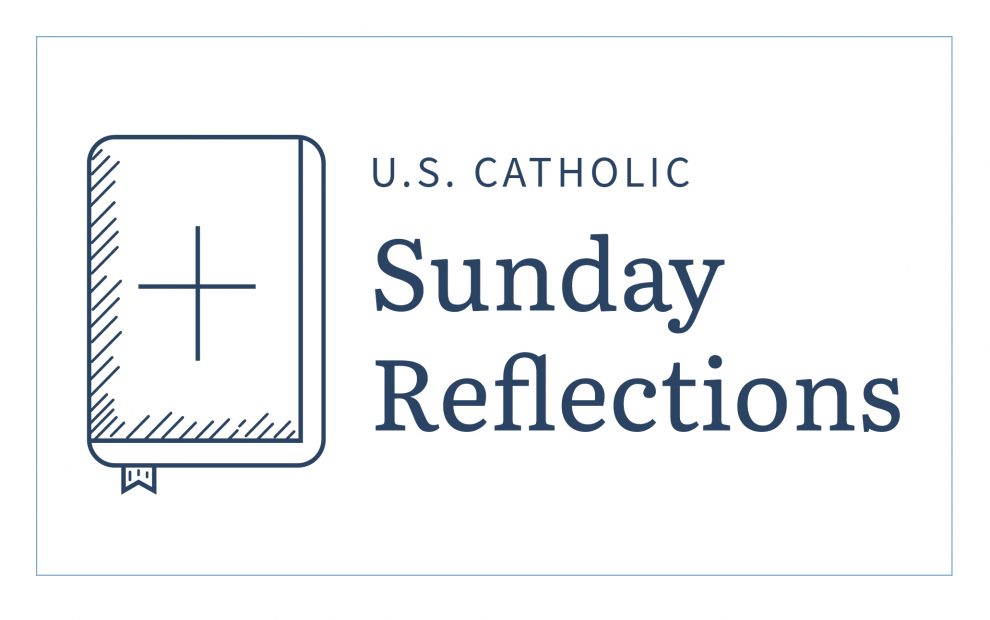Readings (Year A):
Exodus 34:4b – 6, 8 – 9
Daniel 3:52, 53, 54, 55, 56
2 Corinthians 13:11-13
John 3:16 – 18
Reflection: Seeing the full picture
“This is indeed a stiff-necked people; yet pardon our wickedness and sins, and receive us as your own.”
I have a perpetually stiff neck, which often leads to painful headaches. One way I mitigate that is with gentle yoga, usually with the help of the ever-popular Yoga with Adriene videos on YouTube. In one video, she shares some wisdom from her mentor about the psycho-spiritual side of a stiff neck. “Neck pain,” she shares, “represents the inability to see both sides.” A rigidness of thinking that leads to rigidness in our bodies.
Now, stiff-necked as I am, I bristle a bit at the words “both sides.” “Both-sidesism” is great for settling arguments or contemplating complex questions; but when it comes to matters of oppression and injustice, “seeing both sides” often looks like making false equivalencies between oppressor and oppressed, ignoring systemic power imbalances, turning issues of life-and-death for some into mere debates for others.
Jesus never did that. Despite being the face of an all-knowing God, who surely would see “both sides” if there ever were any, Jesus was unafraid to take a stand on behalf of “one side”: the side of the poor, the downtrodden, the oppressed, the silenced. He took sides so strongly that he was executed for it. But the words “stiff-necked” can’t really be applied to Jesus, can they?
I think that’s because, as our teacher and our God, Jesus was modeling the only real cure for a stiff neck. And that’s not just seeing “both sides.” That’s seeing the full picture. Three dimensions, instead of two, or one.
As much as he stood fiercely and proudly on the side of the poor, Jesus also saw the full picture enough to witness the humanity of everyone around him: oppressor and oppressed alike. He never made excuses for sin, but he always remembered, challenged, and loved the human beings behind it. He did not allow the strength of his convictions to become a stiff neck that would prevent him from seeing and reaching people who needed him: the Roman centurion desperate to heal his servant, the tax collector who cheated his neighbors, the soldiers nailing him to a cross. Because, as John 3:17 reminds us, “God did not send his Son into the world to condemn the world”—to see only the worst parts of who we are—“but that the world might be saved through him.”
We, then, are called to see beyond our own narrow one-dimension, beyond even the two dimensions of “both sides,” and see into the vast, complex, three-dimensional vision of God, where the humanity of everyone on every side is our first and highest concern. As we are reminded on this Solemnity of the Most Holy Trinity, God’s very nature stretches beyond “two sides,” beyond dualities, beyond binaries, into a three-dimensional outpouring of love, justice, and mercy. With this Triune, “3D” God as our compass, may we stretch our stiff necks enough to receive each other as we truly are: “God’s own.”











Add comment